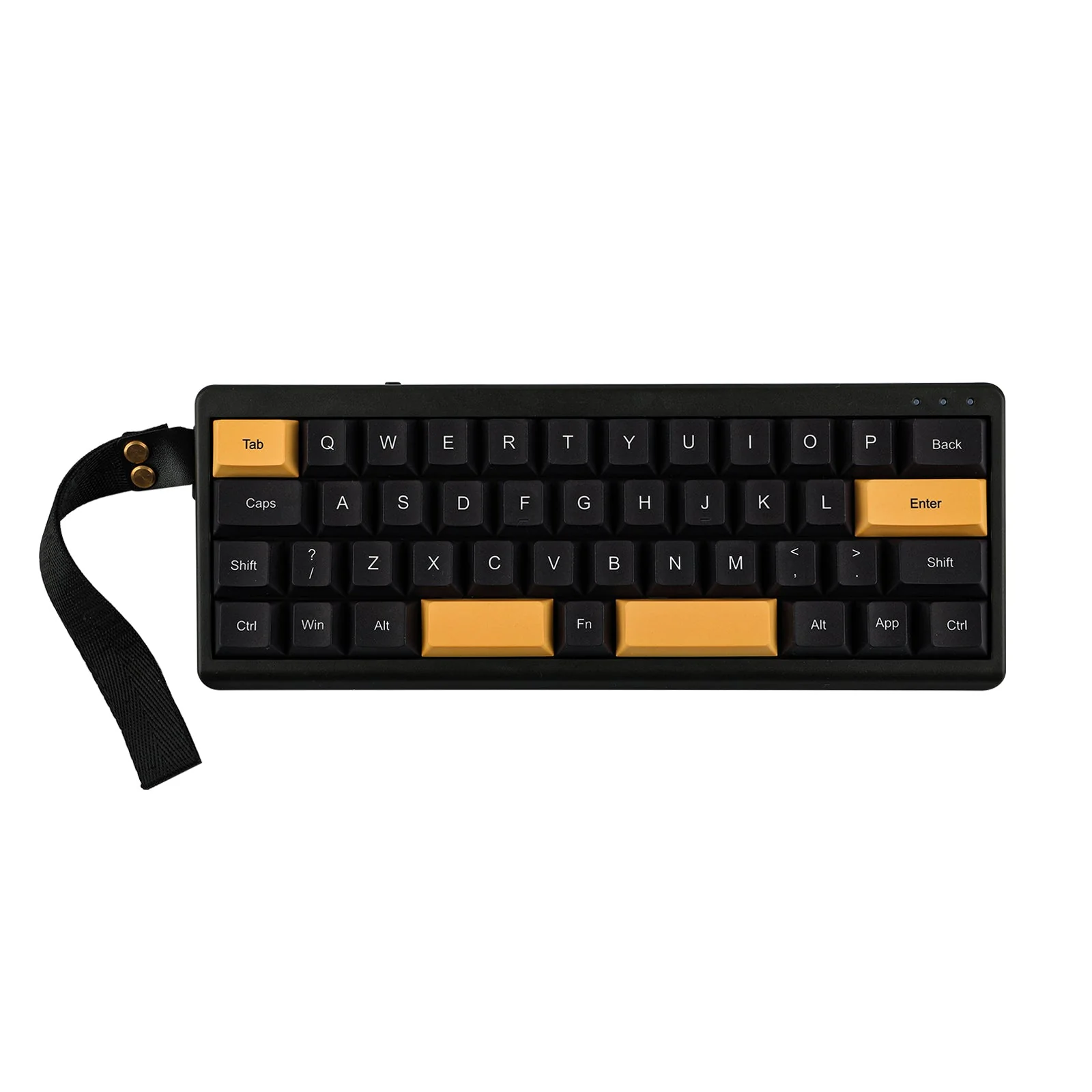
The Ultimate Guide to Virtual Keyboards
Table of Contents
- Introduction
- What is a Virtual Keyboard?
- Benefits of Using a Virtual Keyboard
- Best Virtual Keyboard for Typing
- How to Use a Virtual Keyboard
- Virtual Keyboard with Special Characters
- Online Virtual Keyboard with Shortcuts
- Virtual Keyboard Without Downloading
- Use Cases of Virtual Keyboards
- Future of Virtual Keyboards
- Conclusion
Introduction
In today’s digital world, on-screen keyboards have become an essential tool for various applications, from accessibility solutions to secure online transactions. Whether you’re using a touchscreen device, working remotely, or simply looking for an alternative to a physical keyboard, these tools offer flexibility and convenience.
In this guide, we will explore the best options for typing, how to use them effectively, and their unique features like special characters and shortcuts.
What is a Virtual Keyboard?
An on-screen keyboard is a software-based keyboard displayed on a screen, allowing users to input text without a physical keyboard. These keyboards can be operated using a mouse, stylus, or touchscreen and are commonly found in mobile devices, kiosks, and online applications.
Benefits of Using a Virtual Keyboard
- Enhanced Accessibility: Beneficial for individuals with physical disabilities.
- Increased Security: Helps prevent keylogging attacks when entering sensitive data.
- Portability: Accessible from any device without additional hardware.
- Customizability: Allows for different layouts and language options.
- No Maintenance: Eliminates the need for physical cleaning and repairs.
Best Virtual Keyboard for Typing
When selecting an on-screen keyboard, typing comfort and responsiveness are crucial. Here are some top choices:
- Google Gboard – Fast, AI-powered predictions, and multilingual support.
- Microsoft SwiftKey – Smart autocorrections and swipe-to-type functionality.
- Fleksy – Highly customizable with various themes and extensions.
- On-Screen Keyboard (Windows & macOS) – Pre-installed accessibility tool.
- Grammarly Keyboard – Perfect for writing error-free content.
How to Use a Virtual Keyboard
Using an on-screen keyboard is simple. Follow these steps:
- Access the Keyboard: Open an on-screen keyboard through system settings or use an online version.
- Select Input Method: Use a mouse, touchscreen, or stylus to type.
- Enable Predictions: Turn on word suggestions for faster typing.
- Use Shortcuts: Learn common keyboard shortcuts to improve efficiency.
- Customize Settings: Adjust layout, theme, and language preferences.
Virtual Keyboard with Special Characters
For users who frequently type in multiple languages or need special symbols, an on-screen keyboard provides an easy solution.
Popular Features:
- Emoji and GIFs Integration
- Mathematical and Scientific Symbols
- Multiple Language Support
- Handwriting Recognition
Many online tools, such as Lexilogos Keyboard and Google Input Tools, offer specialized character inputs.
Online Virtual Keyboard with Shortcuts
Efficiency is key when using an on-screen keyboard. Some options come with built-in shortcuts:
- Ctrl + C & Ctrl + V – Copy and paste
- Shift + Enter – New line in messaging apps
- Alt + Shift – Switch languages
- Fn Key Combinations – Access function keys
Popular options include TouchPal Keyboard, Online Virtual Keyboard by Gate2Home, and TypeIt Keyboard.
Virtual Keyboard Without Downloading
If you don’t want to install additional software, you can use browser-based options. Some of the best online choices include:
- Gate2Home Online Keyboard – Supports multiple languages
- Google Virtual Keyboard – Seamless Google integration
- On-Screen Keyboard by Windows – Built-in accessibility feature
These keyboards are perfect for quick access without consuming storage space.
Use Cases of Virtual Keyboards
On-screen keyboards are widely used in various industries and scenarios. Here are some common applications:
1. Accessibility Support
Individuals with physical disabilities rely on these keyboards as an essential accessibility tool. Features like voice input and predictive text enhance usability.
2. Cybersecurity & Online Banking
On-screen keyboards help prevent keylogging attacks when users enter sensitive credentials, making them a secure option for online banking and transactions.
3. Kiosks & Public Terminals
Self-service kiosks, such as ticket machines and information booths, use on-screen keyboards to facilitate user interaction without needing physical input devices.
4. Gaming & Virtual Reality
With advancements in gaming and VR technology, these keyboards are becoming integral for in-game chatting and controlling interfaces in immersive environments.
5. Smart TVs & Streaming Devices
Many smart TVs and media streaming devices use on-screen keyboards for searching content, entering login details, and browsing the web.
Future of Virtual Keyboards
As technology evolves, on-screen keyboards are expected to become even more advanced and efficient. Here are some trends shaping the future:
1. AI-Powered Predictions & Autocorrections
Artificial intelligence will continue to enhance typing accuracy with smarter predictions and autocorrections tailored to users’ habits.
2. Voice-to-Text Integration
Many on-screen keyboards already support voice input, but future developments will likely improve accuracy and language support.
3. Gesture-Based Typing
Swipe and gesture-based typing are becoming more refined, allowing users to input text faster without lifting their fingers.
4. Augmented Reality (AR) Keyboards
AR-powered keyboards could revolutionize typing by allowing users to interact with floating keyboard interfaces in real-time.
5. Brain-Computer Interface (BCI) Keyboards
In the distant future, brainwave-controlled keyboards may become a reality, allowing users to type using their thoughts.
Conclusion
An on-screen keyboard is a versatile tool that enhances typing efficiency, security, and accessibility. Whether you’re looking for the best virtual keyboard for typing, one with special characters, or one that supports shortcuts, there are plenty of options available to suit your needs.
With the continuous evolution of technology, these keyboards will play an increasingly important role in digital communication, accessibility, and cybersecurity.
Explore various on-screen keyboards today and improve your typing experience effortlessly!
CTA: Looking for more in-depth tech guides? Visit KeyboardTypes.com for expert tips and recommendations!
External Links:







